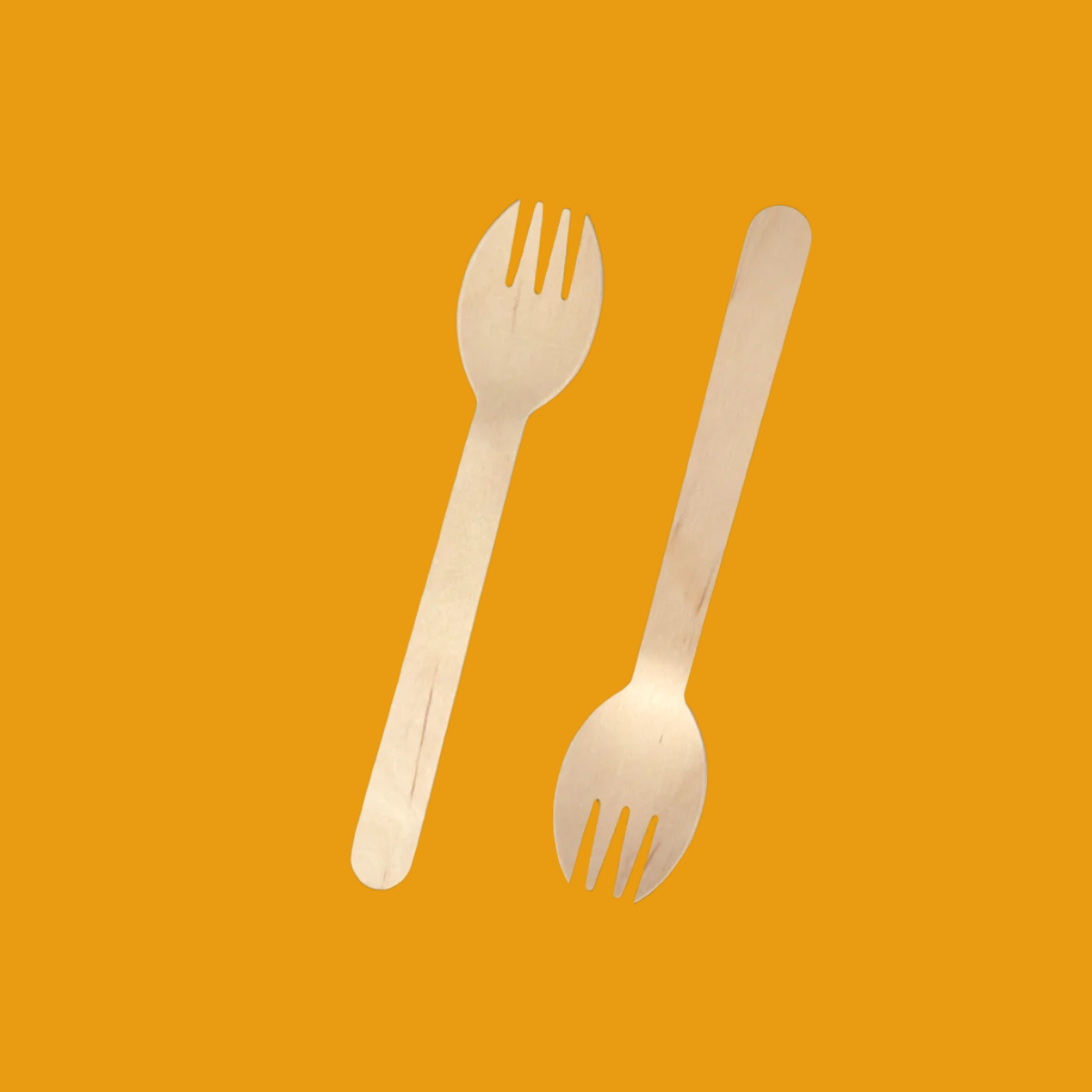Choosing the right cutting board size is crucial for an efficient and enjoyable cooking experience. Whether you're slicing vegetables, carving a roast, or preparing a charcuterie board, the size of your cutting board can make all the difference. In this guide, we’ll explore the various cutting board sizes available, their best uses, and tips for selecting the perfect one for your kitchen needs. Read on to discover how to optimize your culinary space and elevate your cooking game with the ideal cutting board dimensions.
- Kitchen Cutting Board : Definition, Uses, and Benefits
- Teak Cutting Boards: Benefits, Care Tips, and Why You Need One
- Are Wood Salad Bowls Good? Best Type Of Wood For Salad Bowl
-
Types of Disposable Plates-Experience in Choosing Disposable Plates
Common Cutting Board Sizes and Uses
Small Cutting Board
Size: 4x6 inches to 12x8 inches.
Uses:
- Great for cutting small foods like fruits, herbs, or snacks.
- Ideal for small kitchens or when you need to quickly prepare single servings.
Pros: Lightweight, easy to store, and quick to clean.

Medium Cutting Board
Size: 15x10 inches to 17x11 inches.
Uses:
- Multi-purpose, great for everyday family use.
- Good for handling larger meats, fish, and vegetables.
Pros: Balance of size and function, easy to use and store.
Large Cutting Board
Size: 20x15 inches
Uses:
- Ideal for professional kitchens or large dishes like grilled chicken, grilled ribs.
- Can be used as a permanent surface on the kitchen counter.
Pros: Provides ample work space, perfect for dishes that require more elaborate preparation.

Extra Large Cutting Board
Size: 24x18 inches to 30x36 inches or larger.
Uses:
- For professional chefs or those who frequently prepare large quantities of food.
- Great for baking or preparing dishes that require more space.
Pros: Perfect for complex tasks, like rolling dough or chopping multiple ingredients at once.
Cutting Board Thickness and Differences
Thin Cutting Board
Thickness: 0.5 inches or thinner.
Pros:
- Lightweight, easy to move and clean.
- Usually made of plastic or rubber.
Cons: Easily warped if not stored properly.
Standard Cutting Board
Thickness: 1-2 inches.
Pros:
- Highly durable, suitable for most foods.
- Made of wood or composite plastic.
Uses: Daily use, versatile in many dishes.
Thick Cutting Board
Thickness: Over 2 inches.
Pros:
- Good load-bearing capacity, ideal for chopping or long-term use.
- Usually made of high-quality wood or composite materials.
Uses: Suitable for heavy-duty jobs or professional kitchens.

Cutting Board Shapes and Designs
Rectangular Cutting Boards
Features: Most popular design, providing plenty of work surface.
Pros:
- Easy to store and use.
- Suitable for all cooking needs.

Round and Oval Cutting Boards
Features: Create aesthetic accents, often used in specialty dishes or pizza making.
Pros: Lightweight, easy to clean.

Square Cutting Boards
Features: Compact size, suitable for kitchens with limited space.
Pros: Versatile and space-saving.

Novelty Boards
Features: Unique shapes, often used as gifts or decorations.
Examples: Heart-shaped, animal-shaped, or vintage-style cutting boards.
Which Size Should You Buy?
The cutting board size you choose should align with your cooking habits and available kitchen space. A great starting point is the popular 17” x 11” size with a standard thickness of 0.75", which suits most needs.
Factors to Consider When Selecting a Chopping Board Size
Kitchen Space and Storage
- For small kitchens: Choose small or medium cutting boards to save space.
- For large kitchens: Use large or extra large cutting boards to meet your preparation needs.
Type of Food to Prepare
- Small cutting boards: Suitable for fruits and herbs.
- Medium cutting boards: Versatile for everyday foods.
- Large cutting boards: Ideal for large quantities.
Versatility
Use a combination of sizes to meet a variety of needs.
FAQ About Cutting Board Sizes (Chopping Board Sizes)
What cutting board size is best for a small kitchen?
A small cutting board (12x8 inches) is ideal for kitchens with limited space.
Are extra-large cutting boards necessary?
Not required, but extra-large cutting boards are useful for people who frequently prepare large meals.
Does the thickness of the cutting board matter?
Yes. Thicker cutting boards are more durable and less likely to crack or warp.
Are round cutting boards really useful?
Round cutting boards are good for specific dishes, but they are not as versatile as rectangular cutting boards.
What materials are good for thick cutting boards?
Solid wood or composite are the top choices.
Conclusion
Choosing the right cutting board size not only helps improve cooking efficiency but also helps protect knives and kitchen surfaces, while providing a safer and more convenient food preparation experience. Depending on the kitchen space, usage needs and food type, you can choose a compact cutting board size for quick tasks, or a large, thick cutting board for professional work.
Don't forget to consider both the thickness and material of the cutting board to ensure durability and safety when using. Invest in high-quality cutting boards that not only support you in cooking but also bring aesthetics and convenience to your kitchen!









